Disney’s issues with animated people of color
Disney’s “Princess and the Frog” was released in 2009 and is just one example of Disney creating characters of color, only to turn them into animals.
March 8, 2021
On multiple occasions, animated movies have turned their characters of color into animals or something that is non-human. Disney is a huge perpetrator of this, and it needs to stop.
People of color are excited for representation in an animated movie, especially after years of lacking it. However, when they watch, they see that this character is not even human for an extended duration of the movie.
Disney movies like “Princess and the Frog” depict this problem perfectly; the main character, who is a young Black woman, turns into a frog for an extended duration of the film.
She was the first Black Disney princess, and it is important for Black kids and other people of color to see that representation at a young age, but it’s disappointing to see these characters that might finally look like them turn into something else.
White people might lack the knowledge of what representation in media means to a person of color, since they have had representation in films and shows since they started.
Seeing shows like “Blue’s Clues” bring in a new host that is Filipino is great for young Filipino or Asian kids to see someone that looks like them and has a similar culture on their screen. So, when Disney turns a character into an animal, children aren’t seeing the potential of that character as a human.
This isn’t Disney’s only time doing this. It is a recurring theme with their animated movies, for example “Soul,” “Brother Bear” and “The Emperor’s New Groove” all show a character of color turning into something non-human.
We can enjoy the short duration of the movie including a person of color, but they are sometimes not being represented correctly.
Additionally, most of the writers, directors, and voice actors are white. They don’t know what it is like to experience the cultures and lifestyles of the people they are writing about, so some things are presented incorrectly.
“Princess and the Frog” is set in the Jim Crow era, most likely around the 1920’s, but the movie rarely touched the idea.
The film is also set in New Orleans where Black history is specifically prominent there, but the writers do not attempt to portray an accurate life for an African American in that era.
A lot of these writers are also using animated animals in a way that depicts racial stereotypes. Which is very literally dehumanizing.
In the Disney movie “Aristocats,” the writers and animators gave a Siamese cat slanted eyes and an aggressive and inaccurate Asian accent, voiced by a white man. This character is also seen playing the piano with chopsticks. This stereotype came across as very “anti-asian”.
Inaccurate and offensive examples are not what an animated movie aimed towards children should be displaying.
Disney could take some inspiration from beloved shows like “Steven Universe” that include people of color and LGBTQ+ characters that also conveys them in a positive way.
Although some of these movies are slightly dated, communities of color are looking forward to representation in these films and Disney should acknowledge this to make improvements. Disney has come a long way over the years in including representation for all, but it needs to be better.



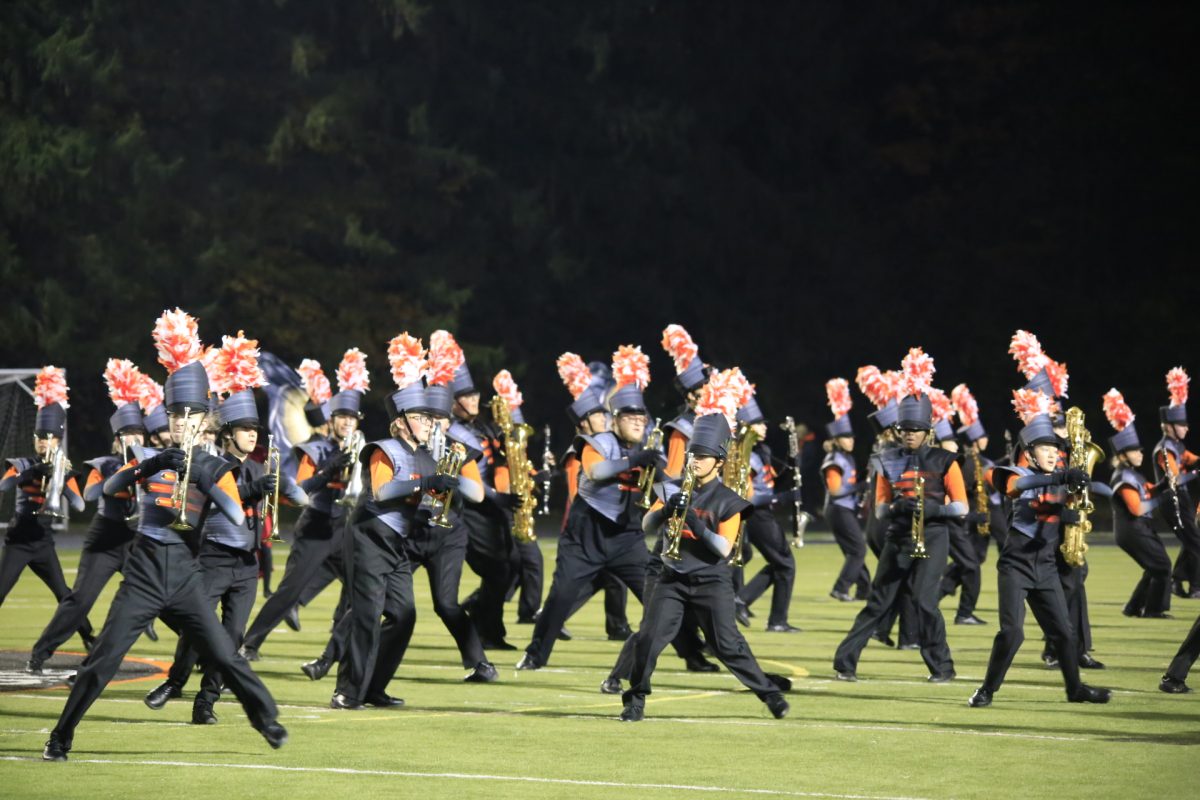







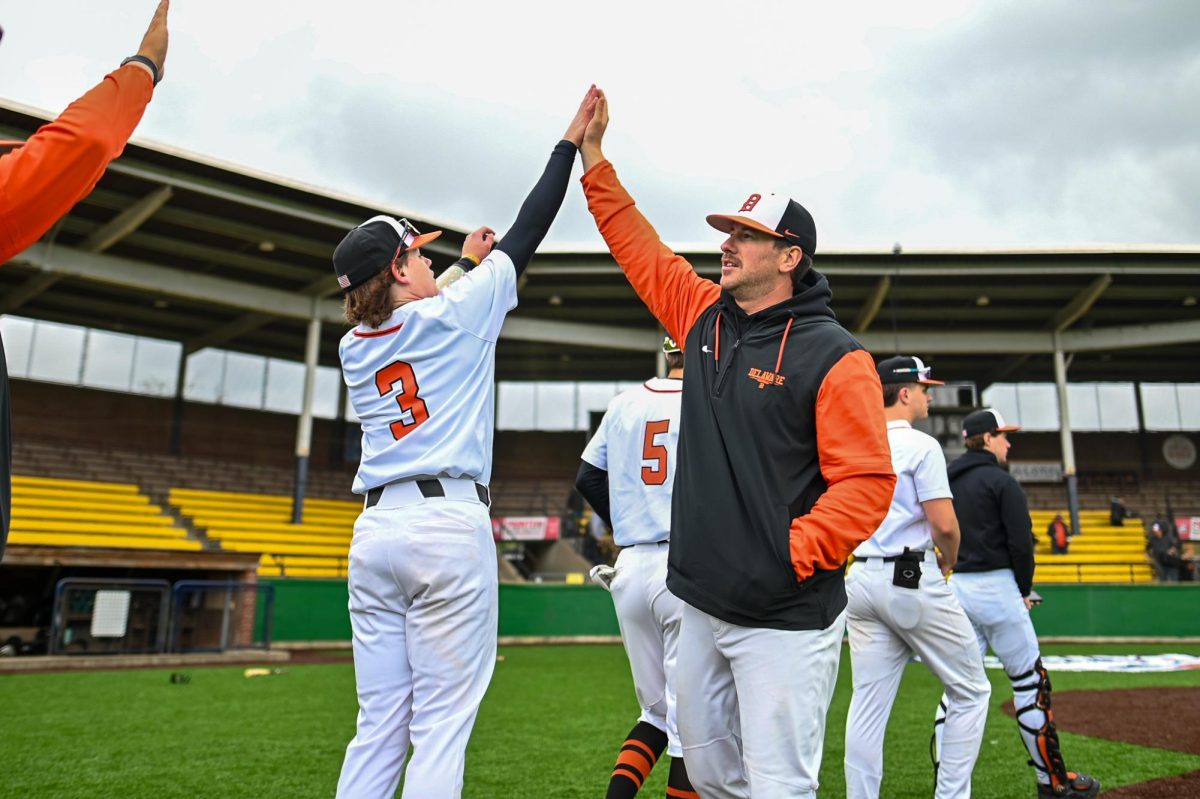
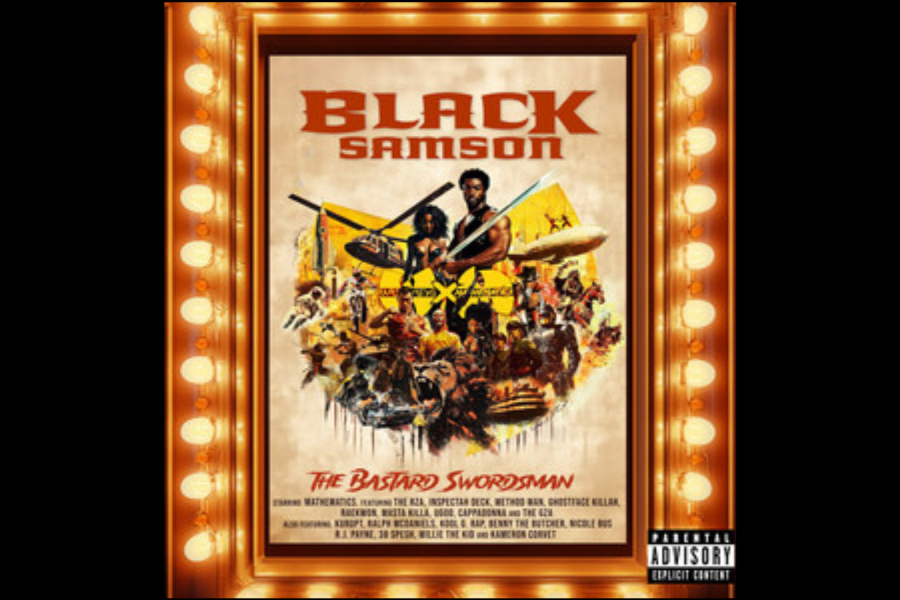

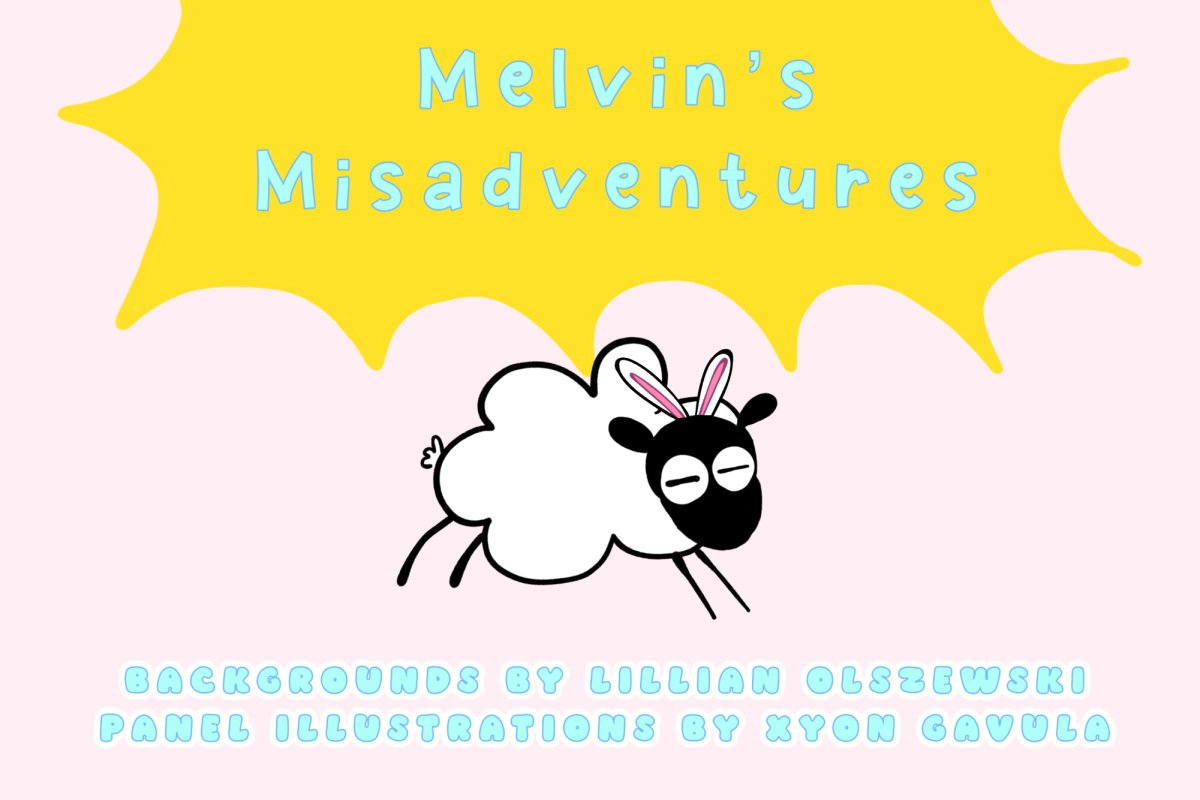

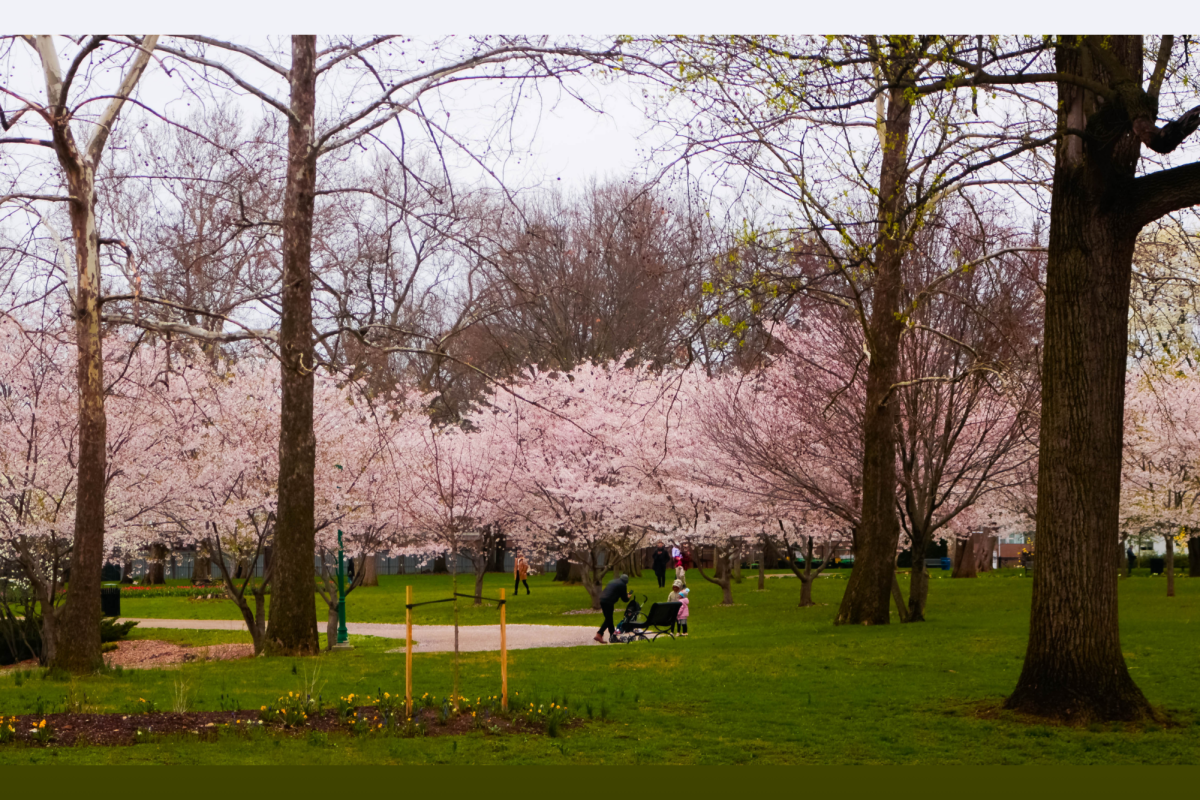
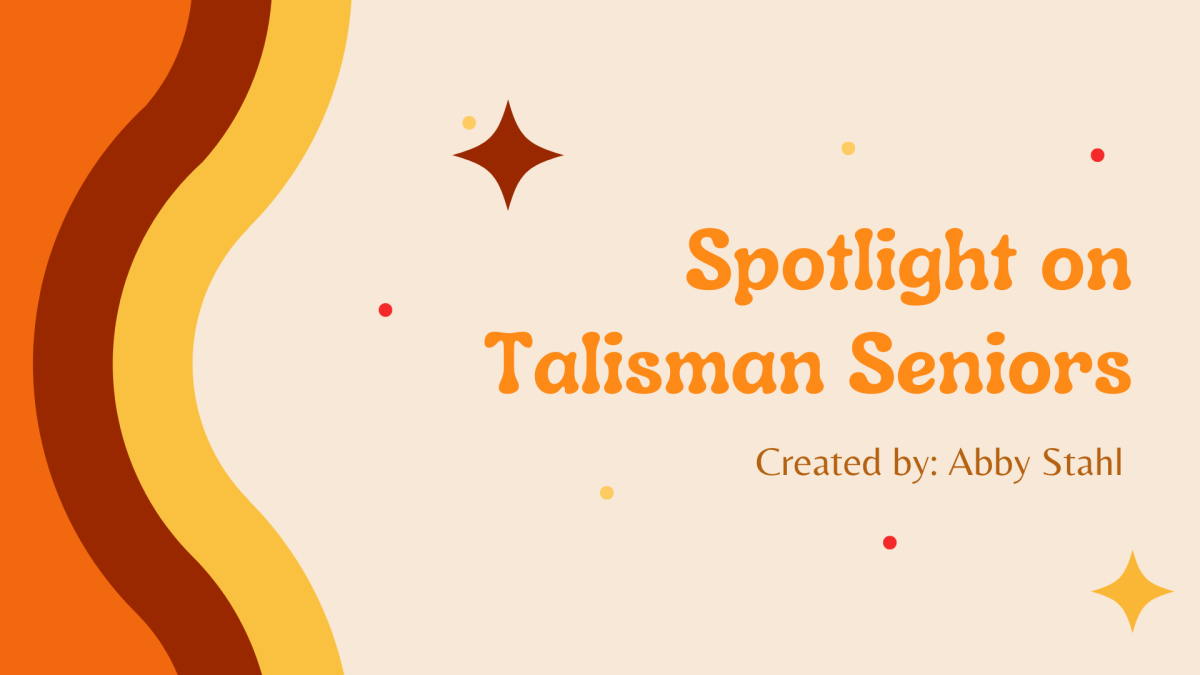
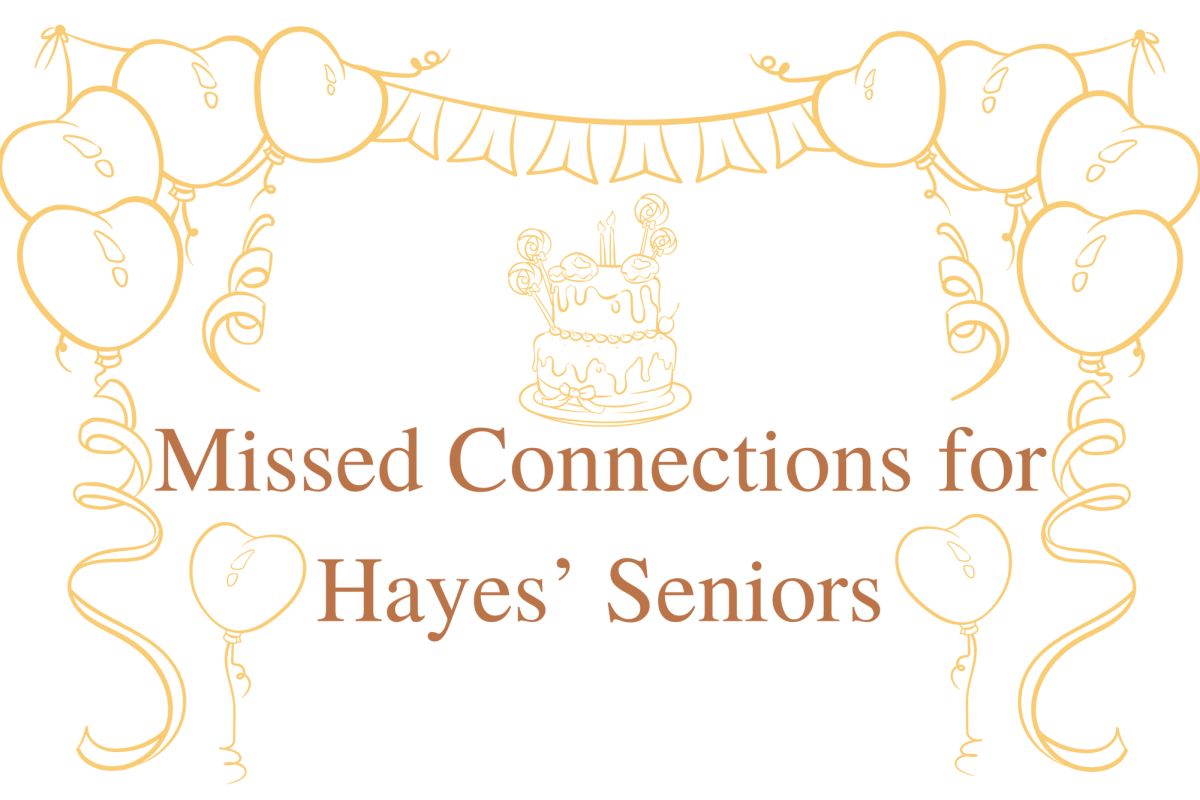
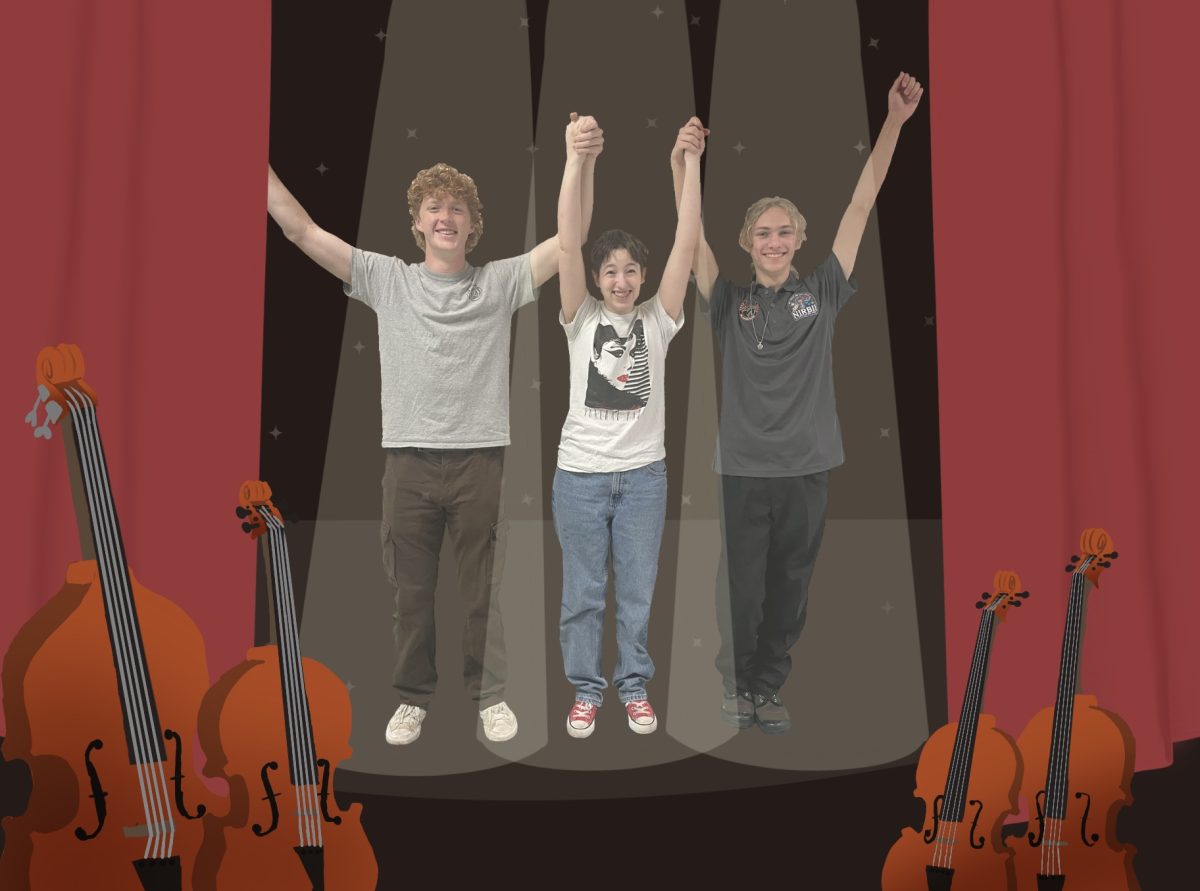

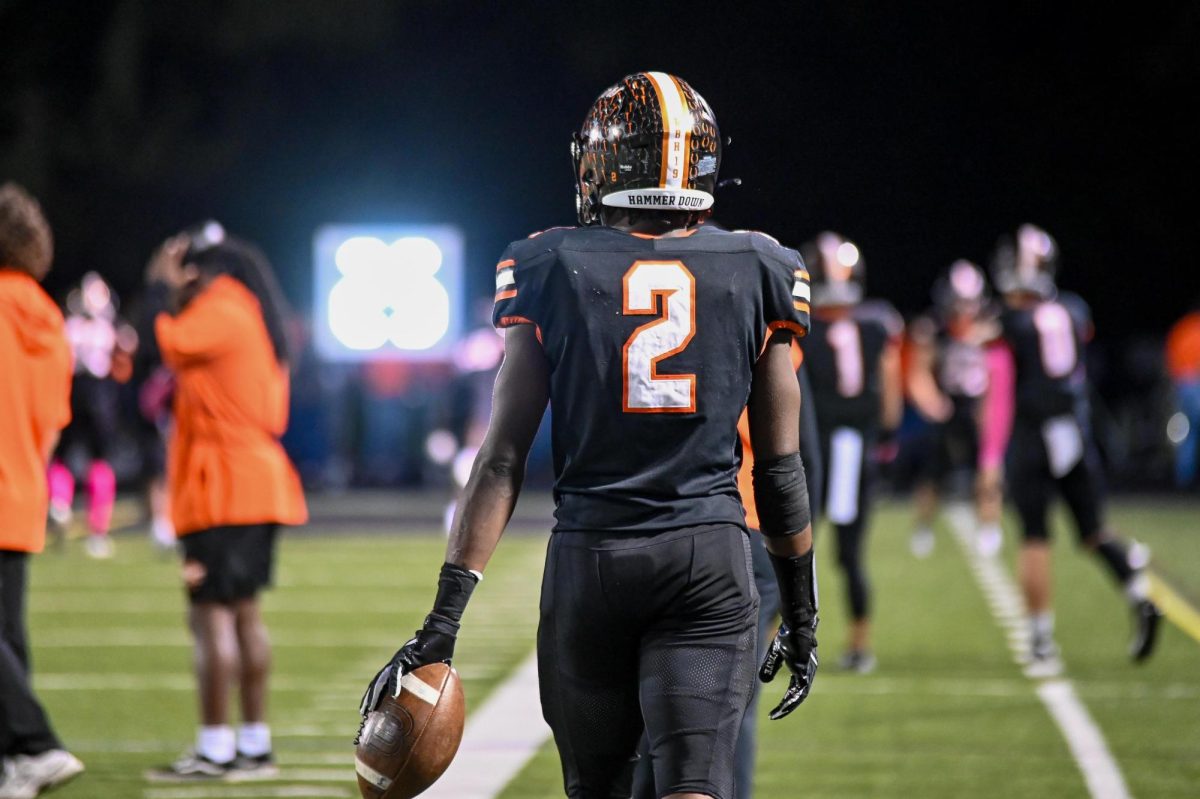
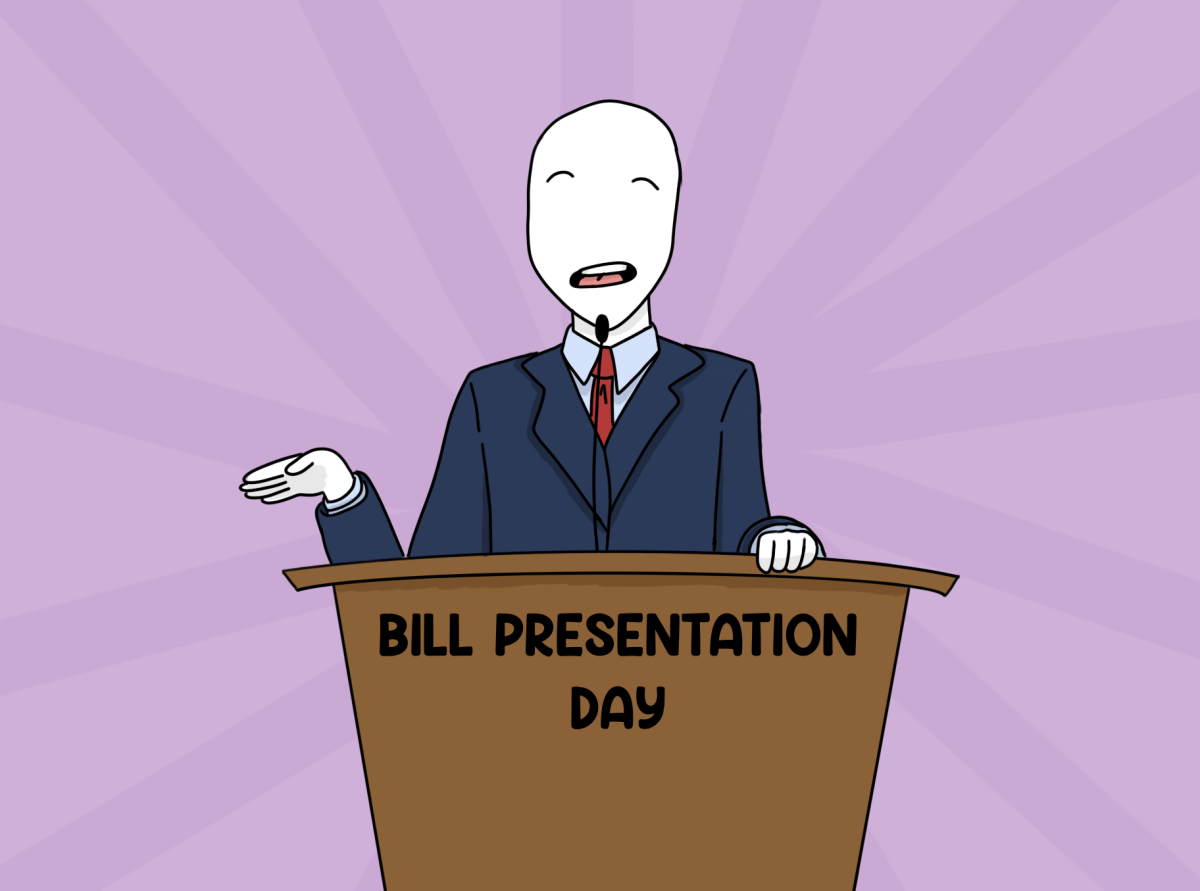
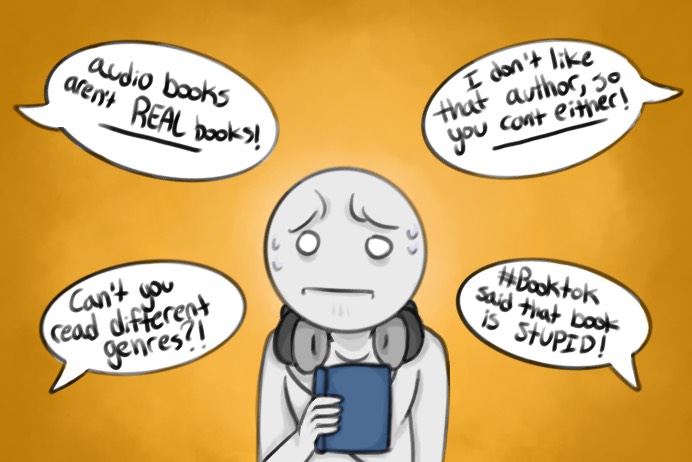
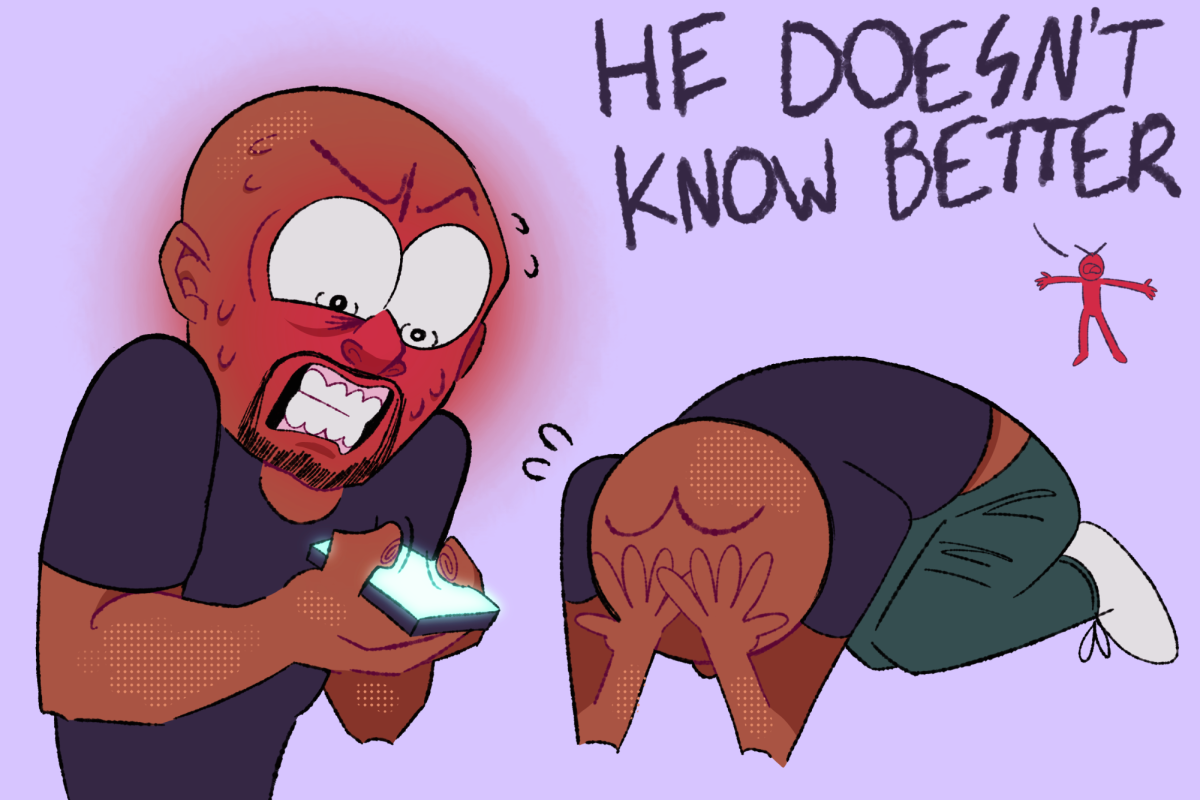





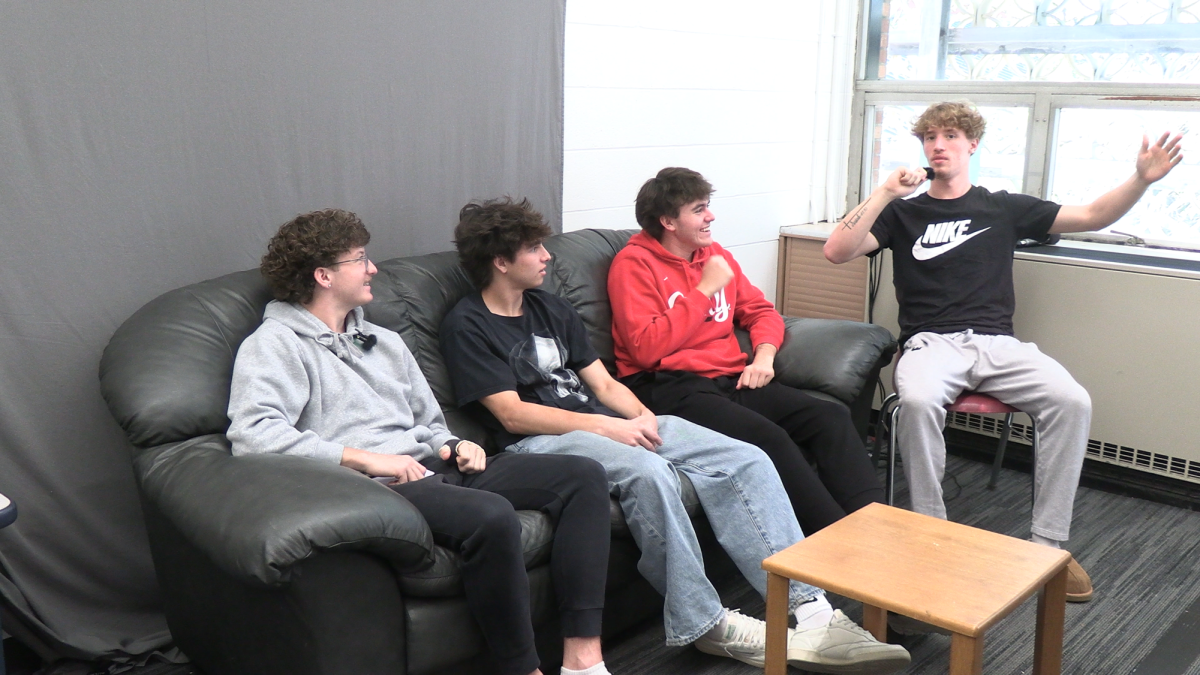
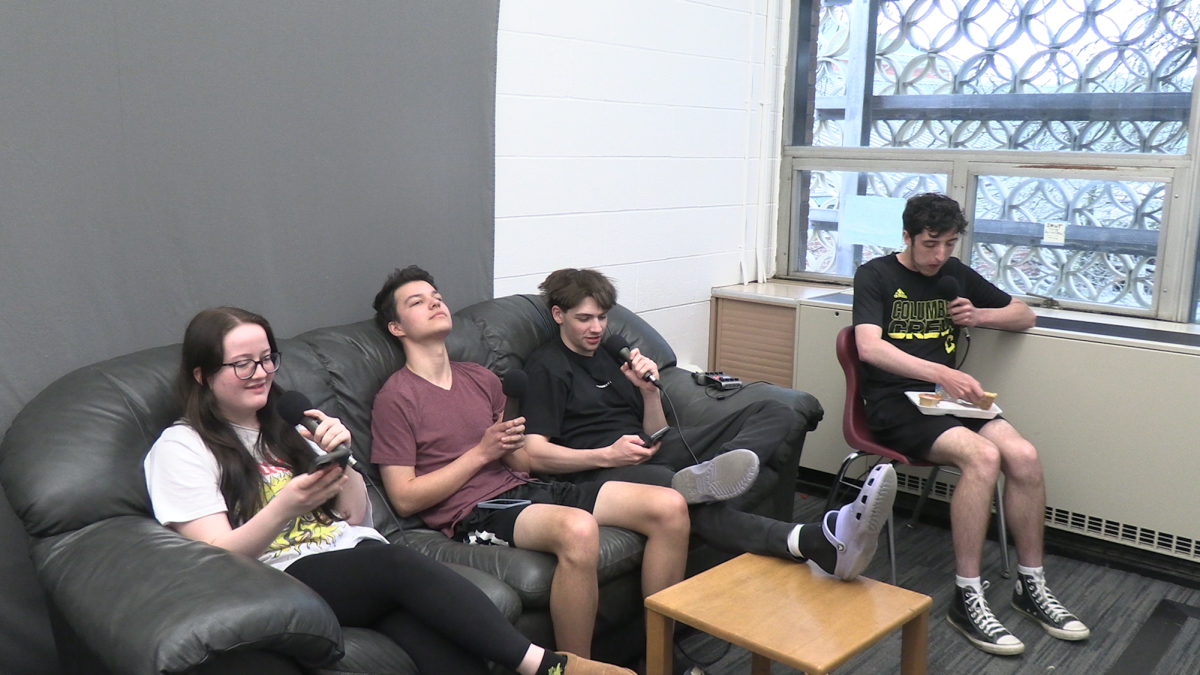
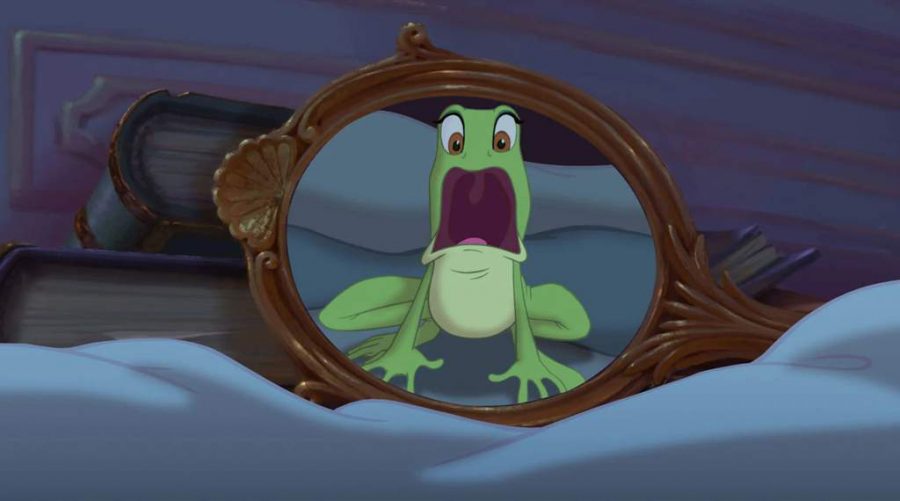



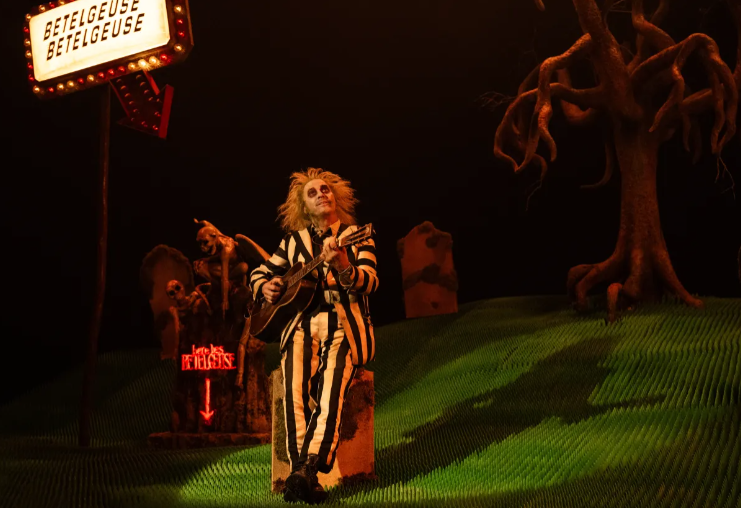
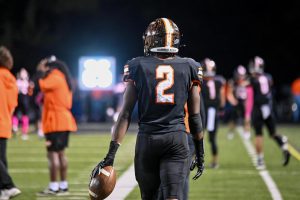

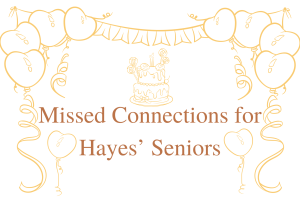

Issue AtHand • Mar 4, 2022 at 5:53 pm
Slightly dated? The Aristocats came out in 1970, thats a little more than slightly dated. Should they be better? Absolutely. Should you try to make it sound like Disney did some pretty terrible portrayals of Asian stereotypes like it happened only a few (meaning less than 10) years ago? Absolutely.
Janette Guza • Mar 16, 2021 at 1:55 am
Marissa , this is so great and informative to all . I am proud you are speaking out on issues of your generation . Well done